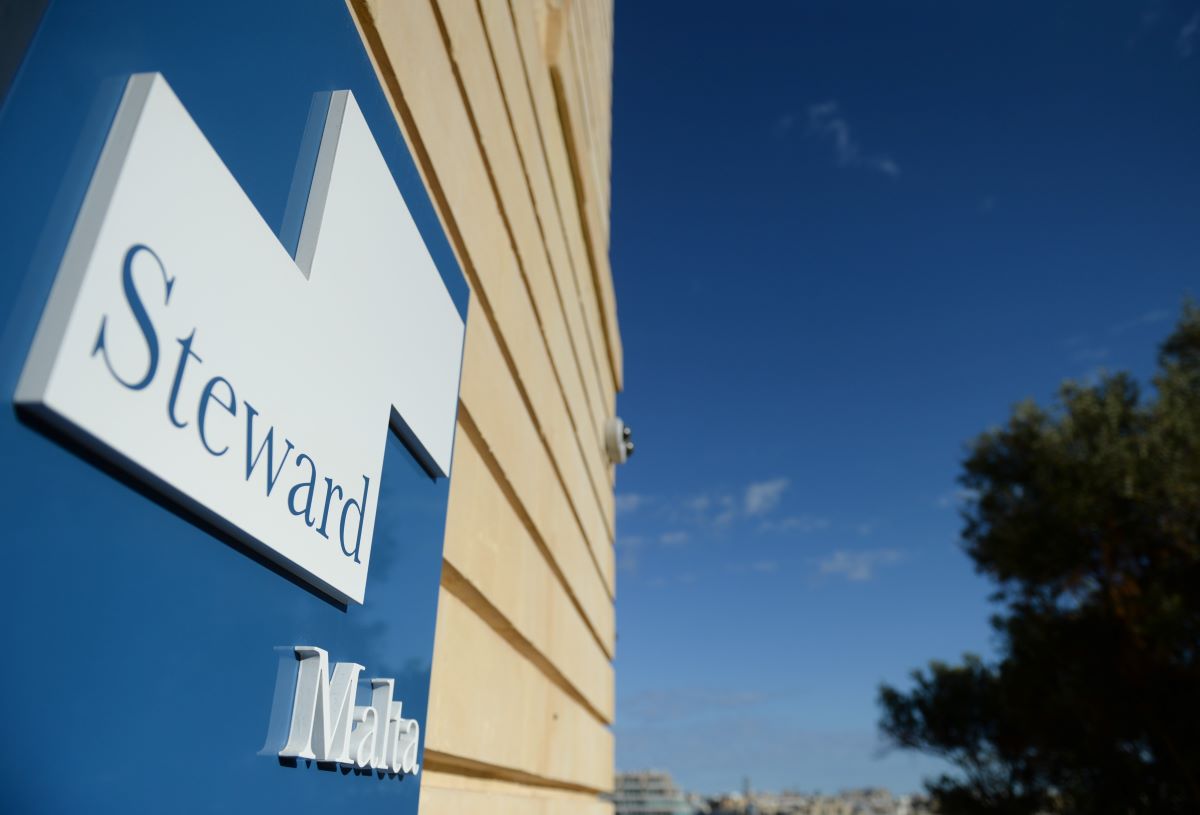Malta’s annual inflation rate, as measured by the Retail Price Index (RPI), rose to 2.7 per cent in October 2025, up from 2.4 per cent in September, driven primarily by higher food prices and increased costs in other services categories.
The uptick comes despite a broader trend of cooling inflation across summer and early autumn, with September’s price data from both the Central Bank of Malta (CBM) and Eurostat indicating easing pressures. October’s reading suggests that while inflation remains moderate by recent standards, underlying price movements continue to differ significantly across spending categories.
Upticks in food, jewellery and air transport prices
The highest annual inflation rates in October were recorded in the other goods and services category, which rose by 5.0 per cent, and in food, which increased by 3.7 per cent. The Food Index, which includes restaurant services and takeaways, was the largest contributor to overall inflation and added 0.80 percentage points to the headline rate, mainly because of more expensive take-away meals. Transport and communication contributed an additional 0.37 percentage points, reflecting higher air transport prices, while Other goods and services added 0.36 percentage points as jewellery became significantly more expensive.
On the other hand, the Clothing and footwear category experienced an annual decline of 1.2 per cent, subtracting 0.08 percentage points from the overall rate due to falling garment prices. Prices for water, electricity, gas and fuels remained unchanged for yet another month, showing the continued impact of government price stabilisation measures.
Within the other goods and services category, several items showed notable increases. Jewellery, watches and related items rose sharply, with an annual rate of 18.8 per cent. Veterinary services, domestic services and pet food increased by 2.6 per cent, while non-durable household goods rose by 2.5 per cent. Insurance and financial services also registered an annual increase of 2.6 per cent. Meanwhile, the Clothing group reflected ongoing discounting and weaker retail dynamics, with clothing prices falling by 1.9 per cent and footwear prices rising by 1.7 per cent.
The slight uptick in inflation follows several months of disinflationary momentum. In September, HICP inflation fell to 2.4 per cent, reaching its lowest level in nearly three years because of easing food inflation and lower transport-related service costs. The October RPI reading indicates some re-acceleration in consumer-facing sectors, particularly food consumed outside the home, after a period of summer stabilisation.
Improvements in business sentiments since September
These price developments come at a time when Malta’s broader economic performance remains robust.
According to the CBM’s latest Economic Update, business sentiment improved notably in September, with the European Commission’s Economic Sentiment Indicator rising to 114.4, driven mainly by gains in the services and construction sectors. Retail trade volumes accelerated in August, growing by 9.2 per cent year-on-year and highlighting strong consumer demand. Industrial production also increased by 4.8 per cent, supported by various manufacturing sub-sectors. Tourism continued to perform strongly, with inbound visitors rising by 11.5 per cent in August. Meanwhile, the unemployment rate held steady at a record-low 2.9 per cent for the fourth consecutive month.
These indicators point to resilient internal demand, which can contribute to price pressures, especially in food services and discretionary spending categories. At the same time, energy inflation remained at 0.0 per cent in October, continuing the pattern observed throughout 2024 and 2025 as a result of government energy price support schemes. Without these measures, Malta’s inflation profile would likely appear considerably higher and more volatile.
Looking ahead to the remainder of the final quarter, analysts will be closely monitoring whether food-related inflation, particularly in restaurant and takeaway services, continues to rise, and whether transport prices, especially airfares, remain elevated. The modest rebound in services inflation will also be assessed if it extends to other parts of the economy.
With business sentiment strong, labour markets tight and tourism demand historically high, upward pressures in services may persist even as imported goods inflation remains relatively contained.
For now, Malta’s inflation remains moderate and broadly aligned with euro area averages, although October’s data confirms that households are still experiencing noticeable price increases in specific everyday categories.
db Group reports turnover of almost €100 million and record profit as it opens bond issue to public investors
This coincides with the launch of a €60 million bond programme to support the Group’s continued expansion
Celebrating success: stories from the team behind Finco Trust
The stories of Lee-Anne Abela, Kris Vella, and Maria Mamo reflect the values that continue to guide the firm forward
Malta’s public debt ‘very much in line’ with Eurozone rules – BOV Chair
The chairperson of Malta’s largest bank shrugged off the doubling in Maltese Government debt since 2019






